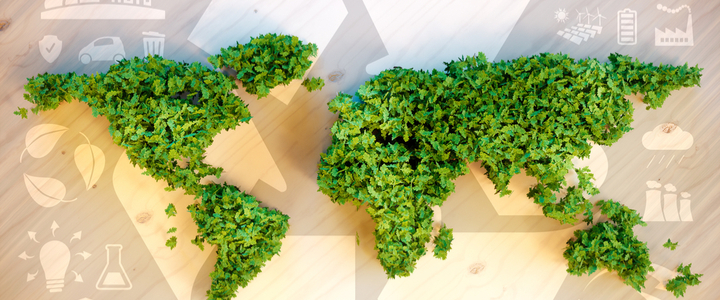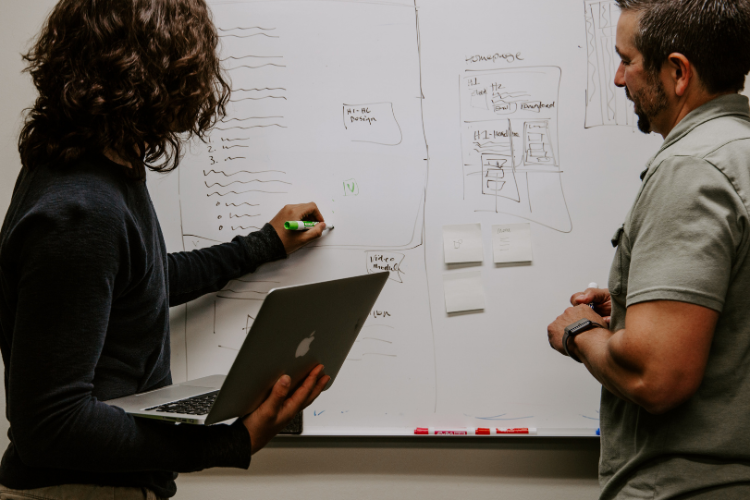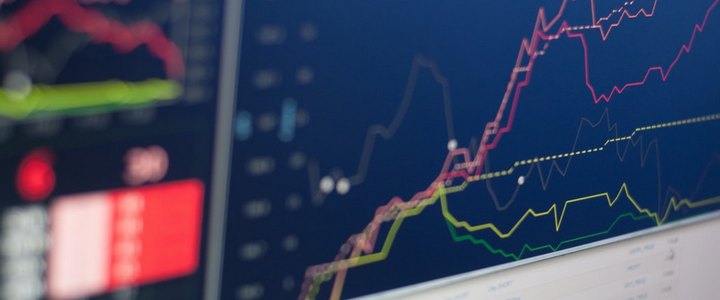The New Standards for Circular Economy

A circular economy is a developmental system that aims to preserve and improve natural capital, reduce waste and emissions, and keep materials and products at their highest value. Some companies have already embraced the opportunity to use the circular model through long-lasting design, maintenance, reuse and repair, remanufacturing and recycling techniques.
After more than 2 years of research, development, and testing, the British Standards Institute (BSI) published BS 8001:2017—a framework for implementing the principles of the circular economy in organisations. It is designed to help organisations comprehensively rethink the way they manage resources and improve social, economical, and financial benefits.
With the new standard, the British Standards Institute intends to resolve central issues related to a circular economy as well as provide guidance on implementing it in business.
The main goal of the new standard is to create direct and indirect value, so it is written in a comprehensive and applicable way that kind of organisation can follow, regardless of industry, size, location, etc.

According to BSI, the standard includes six main principles:
- Systems thinking: organisations take a holistic approach to understand how individual decisions and activities interact within the wider system;
- Innovation: organisations continually innovate to create business value through the sustainable management of resources in products and services;
- Stewardship: organisations manage the direct and indirect impacts of their decisions and activities across their system;
- Collaboration: organisations collaborate internally and externally through formal and/or informal arrangements to create mutual business value;
- Value optimization: organisations keep all products, components, and materials at their highest value and utility at all times;
- Transparency: organisations are open about decisions and activities that affect their ability to transition to a more sustainable and circular mode of operation and are willing to communicate these in a clear, accurate, timely, honest, and complete manner.
Instead of the current “take, make, dispose” linear model, both the human race and the planet need responsible production and consumption, i.e., materials made into products and circulated in the system for as long as possible.
So far, the circular economy has been a complex issue with available yet incomprehensible information. The practical guidelines by BSI provide companies and organisation with a clear framework and we hope to see more of them embracing circular economy.


















